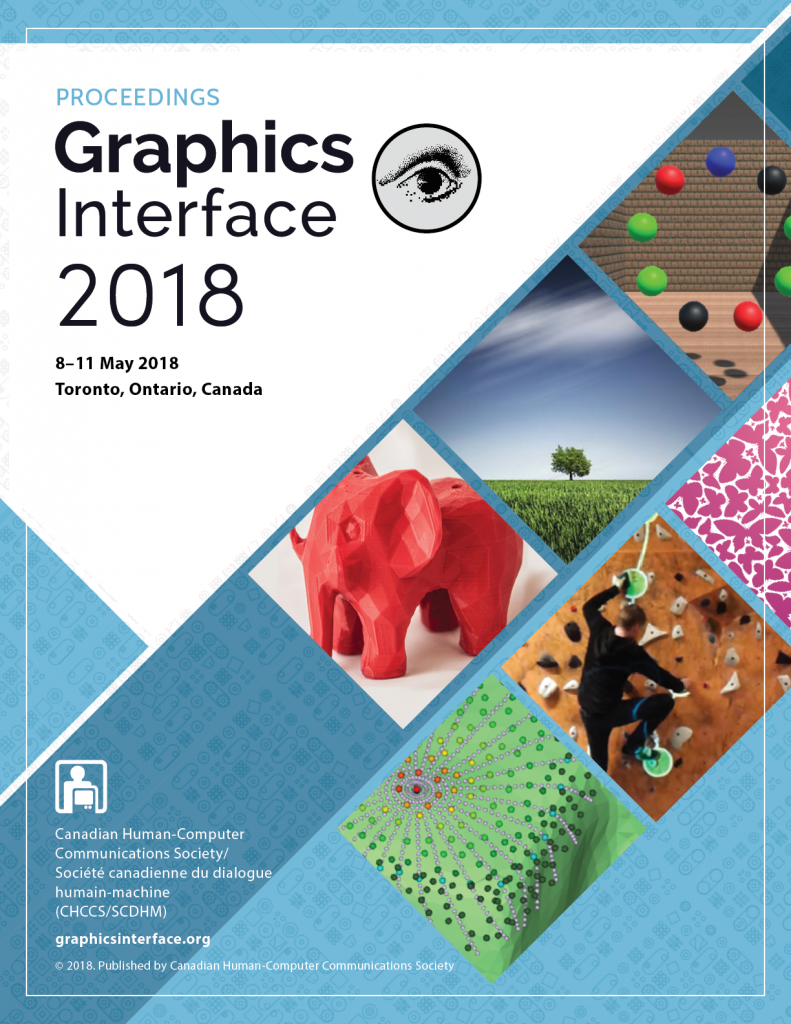BibTex
@inproceedings{Bhandari:2018:10.20380/GI2018.22,
author = {Bhandari, Jiwan and MacNeilage, Paul and Folmer, Eelke},
title = {Teleportation without Spatial Disorientation Using Optical Flow Cues},
booktitle = {Proceedings of Graphics Interface 2018},
series = {GI 2018},
year = {2018},
isbn = {978-0-9947868-3-8},
location = {Toronto, Ontario},
pages = {162 -- 167},
numpages = {6},
doi = {10.20380/GI2018.22},
publisher = {Canadian Human-Computer Communications Society / Soci{\'e}t{\'e} canadienne du dialogue humain-machine},
}
Abstract
Teleportation is a popular locomotion technique that lets users navigate beyond the confines of limited available positional tracking space. Because it discontinuously translates the viewpoint, it is considered a safe locomotion method because it doesn't generate any optical flow, and thus reduces the risk of vection induced VR sickness. Though the lack of optical flow minimizes VR sickness, it also limits path integration, e.g., estimating the total distance traveled, and which can lead to spatial disorientation. This paper evaluates a teleportation technique called Dash that quickly but continuously displaces the user's viewpoint and which retains some optical flow cues. A user study with 16 participants compares Dash to regular teleportation and found that it significantly improves path integration while there was no difference in VR sickness.





















































